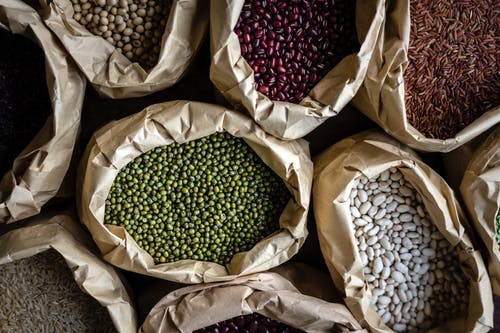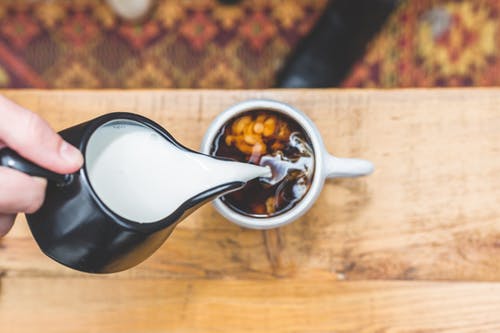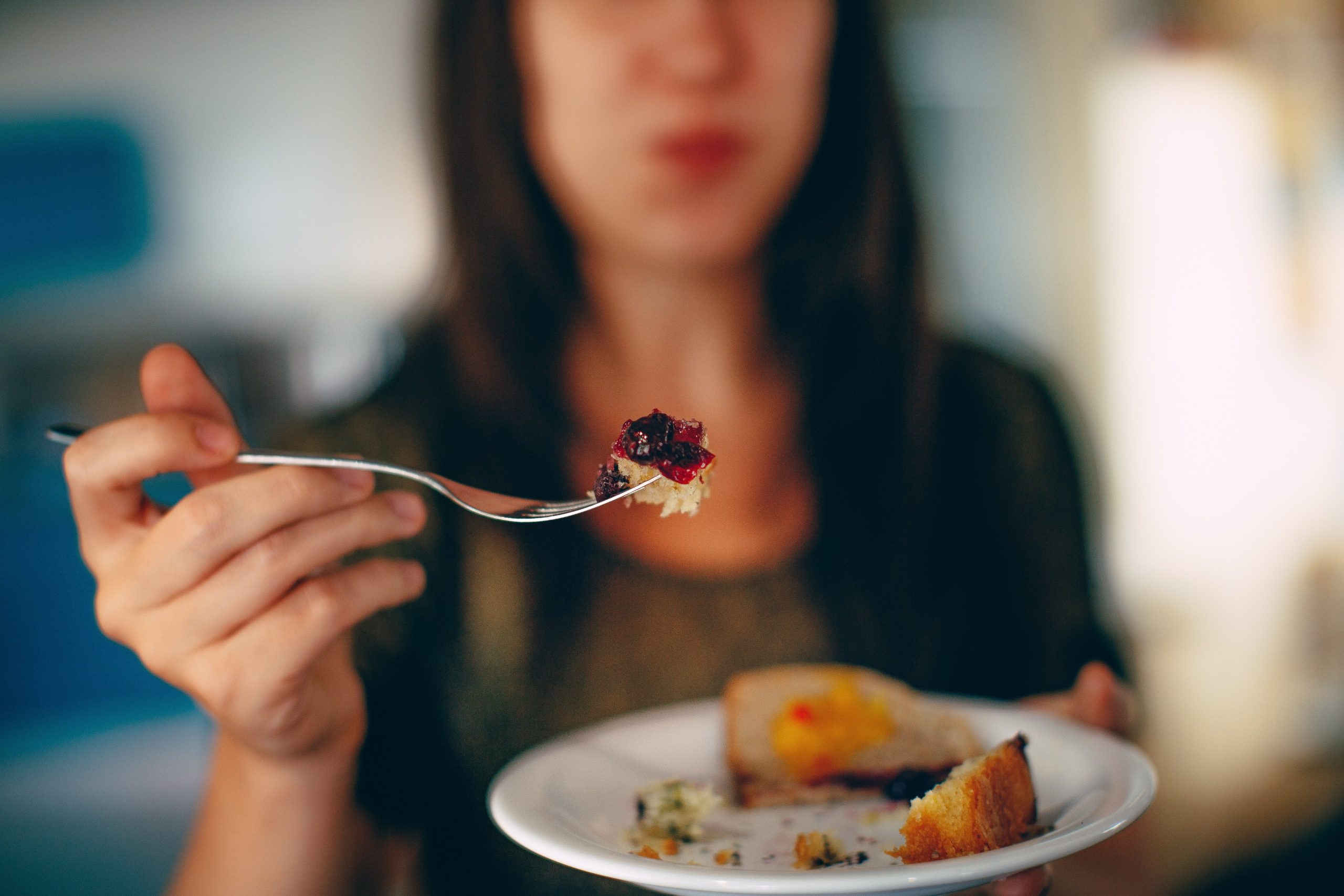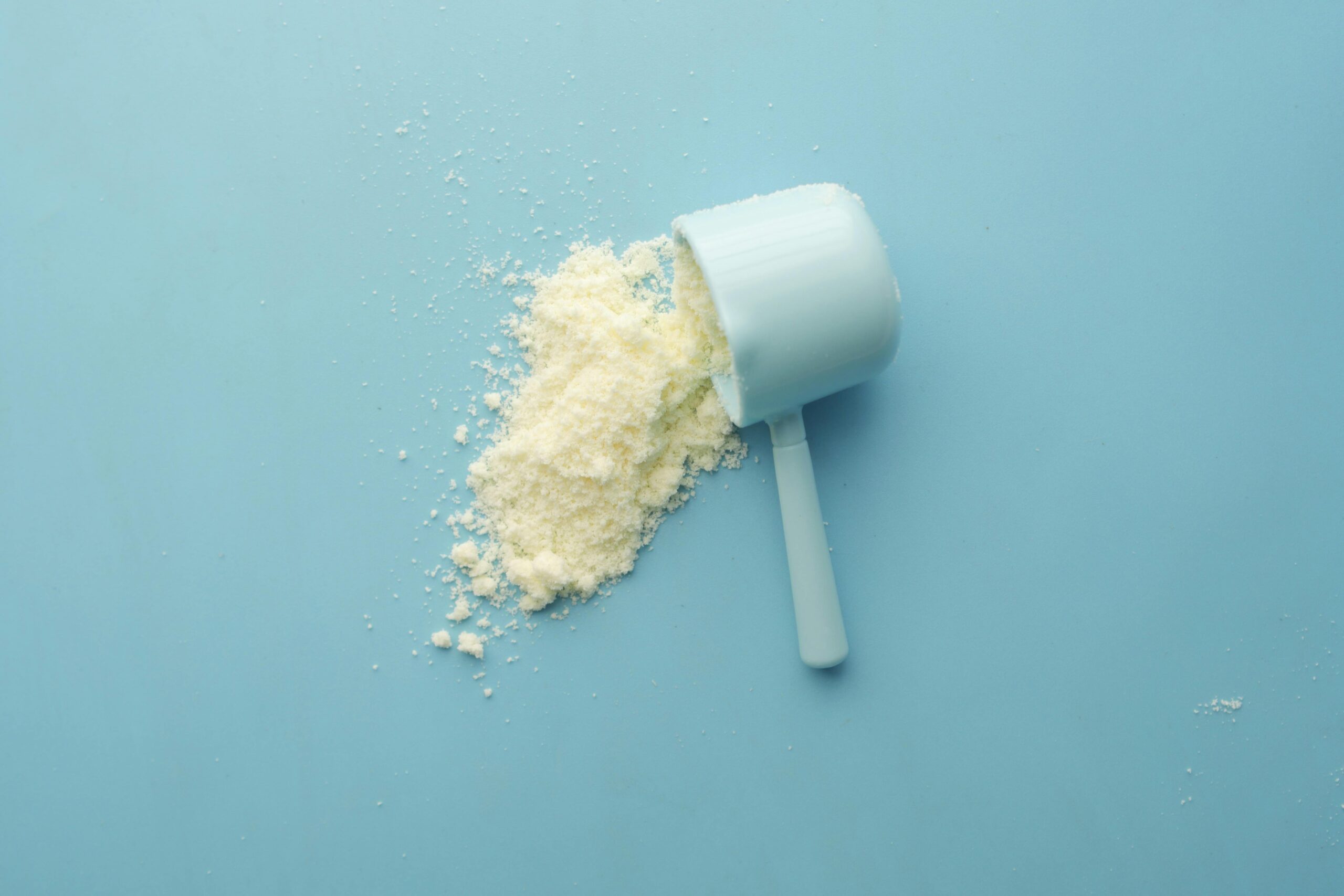Are you familiar with the saying “you are what you eat”? Well in real life this is only partially true and a more accurate, if less catchy phrase would be “you are what you absorb” because ultimately your body is only able to make use of the nutrients that you absorb from the foods you eat and not everything that goes into your mouth is absorbed. Bioavailability is the term used to describe the extent to which a nutrient is digested, absorbed and available for use by your body. There are many factors which affect the bioavailability of nutrients within the foods you eat including interactions between different nutrients consumed within a meal, the composition of your gut bacteria and your level of stress. It is the first of these that is the ability of different foods and in particular the nutrients within those foods to limit, inhibit or enhance the uptake of other nutrients within a meal which will be the focus of this post.
To demonstrate how the types of foods you eat impact the bioavailability we are going to now look at 4 common and important nutrient interactions which could be compromising your body’s use of key nutrients and how to combat these through some simple food combinations to ensure you are deriving the most benefit from the foods you eat.
- Iron & Vitamin C

When we talk about dietary iron, we generally make a distinction between iron coming from meat and iron coming from plant foods referred to as haem and non-haem iron respectively. It is well established that combining foods high in vitamin C or foods rich in haem iron (especially beef) with foods containing non-haem iron assists your body with uptake and usage of the non-haem iron. This has important practical implications for those who derive a large part or all of their iron intake from plant sources as well as for those interested in optimising their iron uptake in general (for example athletes, women of childbearing age or pregnant women).
How Do I Increase My Iron Uptake?
If your diet relies heavily on non-meat sources of iron (non-haem iron) and you want to ensure you are getting the maximal uptake and therefore benefits of iron (there is an impressive and extensive list of why iron is important which I will leave for a future post) from these foods try combining non-haem sources of iron (for example beans, legumes, nuts, wheat, rice and spinach) with vitamin c containing foods in the same meal (for example tomato, orange juice or other fruits and green leafy vegetables). What this may look like in terms of real food could be having toast with baked beans, some fresh tomato slices with melted cheese and wilted baby spinach leaves on top and a glass of orange juice for breakfast or a couple of tablespoons of peanut butter with an apple as a snack.
Definitions
Haem iron: Haem iron is found only in animal meats (for example fish, chicken, beef and lamb). Haem iron has a greater bioavailability (more readily absorbed and used by the body) than non-haem iron.
Non-haem iron: Found both in meat and plant foods as well as some products including eggs and milk. Less readily absorbed and utilised by the body than haem iron.
2. Iron & Calcium

There is evidence that consuming calcium containing foods in the form of both dairy products or supplements interferes with the body’s uptake of iron from the same meal and reduces the amount of iron absorbed from that meal.
How Do I Increase My Iron Uptake?
The main area where this situation may be of concern is for those taking regular calcium supplements at the same time as iron containing meals. In which case this can be easily rectified by choosing to take your calcium supplement 2hrs apart from your main iron containing meals. In the context of a mixed and varied diet this calcium-iron interaction is not a problem because over the course of the day or week you will generally naturally space your calcium and iron containing foods to receive an adequate intake of both. However, if you are concerned or low iron has been a problem for you consider consuming foods high in calcium separate from those high in iron and if you are unsure of how this may look in terms of real food, I suggest seeking assistance from a dietitian who can tailor a nutrition plan to ensure your iron needs are met.
3. Zinc, Iron, Manganese, Calcium & Phytates

Some plant foods, most notably unrefined cereals, legumes, nuts and seeds are high in phytates (including phytic acid) which is a naturally occurring compound that has been implicated in the inhibition of the uptake of four essential minerals zinc, iron, manganese and to a lesser extent calcium.
Legumes and cereals are the foods with the highest concentration of phytates however removing these foods from your diet is not the answer because these foods are also incredibly nutritious being valuable sources of many important and health promoting compounds to name a few dietary fibres, antioxidants, zinc, iron, copper, manganese, selenium, vitamin E and the B vitamins as well as phytates themselves! Phytates have been associated with possessing anticancer properties and have shown use in the prevention of kidney stones. Furthermore, traditional dietary patterns rich in cereals and legumes, such as the Mediterranean Diet are recognised as having beneficial health outcomes in part attributed to the intake of these food groups. Therefore, rather than removing these foods we will look at easy ways you can ensure the phytates are not interfering with your absorption of important minerals.
How Do I Increase My Zinc, Iron, Manganese and Calcium Uptake?
The good news with this phytate-mineral interaction is that general processing mechanisms including soaking, germination and fermentation have been shown to completely reduce the phytate concentration of cereals and legumes to below levels which would interfere with absorption of the four important minerals mentioned here. Therefore, eat legumes which are sprouted (for example mung and adzuki beans), fermented (tempeh) or well cooked (for example baked beans or hummus) and it will be unlikely that you will experience any problems with the phytates interfering with your absorption of zinc, iron, manganese or calcium. As a further consideration you may also want to experiment with sourdough bread in which the phytate concentration has been reduced through the action of fermentation of the wheat flour.
Definitions
Phytates: A group of antioxidants primarily found in cereals, legumes, nuts and seeds.
4. Tannins & Iron

Tannins are antioxidant substances within a larger group of phenolic compounds (including phenolic monomers and polyphenols). Tannins are found in high concentrations in tea and are responsible for imparting the characteristic tea colouration, they are also found in coffee, oregano and spinach. When these foods are consumed along with non-haem iron containing foods (plant-based foods) they have the undesirable effect of binding with the iron in the digestive tract and by doing so prevent its uptake into the body.
How Do I Increase My Iron Uptake?
This inhibition of iron uptake is a dose-dependent relationship which means the more tannins in the meal the less iron is absorbed. Therefore, if you are having an iron rich meal with a little tannin this may not pose a problem yet if you are having a meal with little iron and a lot of tannin or you regularly drink tea or coffee with your meals consider having the meal and the drink half an hour to an hour apart as the tannins may be limiting your uptake of iron which is more significant if you are relying on vegetable foods to meet your iron needs (non-haem iron) than meat (haem iron) as it is the haem iron which is affected.
Definitions
Antioxidant: A compound which inhibits oxidation by acting to neutralise potentially damaging oxidising substances within the body.
Take Home Messages
While each of the above nutrient interactions are interesting and worth being aware of it is important to understand that cases in which these interactions would occur continuously to the point of causing extreme harm are the exception, they are not the norm. Therefore, in the context of consuming an otherwise variety filled and adequate diet it is unlikely that you need to pay excessive attention to them. However, that being said, they are all still viable possibilities and what you are eating and how you eat does have the potential to be interfering with your absorption of nutrients which if this is the case the above dietary tweaks may make a substantial difference to your wellbeing.
I also want to emphasise that none of these foods are ‘bad’ and it is not about cutting any of them from your diet because they all have inherent value, rather it is about combining them in ways which optimise, rather than interfere with their absorption.
If you have any questions or concerns or would like further guidance on how to best tailor these nutrient interactions (and others because this is not an exhaustive list by any means) to your needs please get in contact with me and we can work together to create a plan that ensures you are getting the very best from the foods you are eating because individualising nutritional treatment is always a necessity to creating maximal health benefits.
With my whole heart I hope you found this information useful and inspiring.

Become Great. Live Great.
Bonnie.




12 thoughts on “Nutrient Pairing: How to Get the Most From Your Food”
Could you inform me what theme are you making use of on your web site?
It looks good.
Thank you. I am glad you like it and I’m happy to help out. I used Sydney theme 🙂
Howdy! This post could not be written any better! Reading through this post reminds me of my good old room mate!
He always kept chatting about this. I will forward this post to him.
Fairly certain he will have a good read. Many
thanks for sharing!
What a wonderful comment to read. Thank you for letting you know that you found this post so great! Haha he sounds awesome and you’ll have to let me know his opinion when he has a read 🙂 You are so welcome.
Hello. I have checked your fuellingsuccess.com and i see you’ve got some duplicate
content so probably it is the reason that you don’t rank hi in google.
But you can fix this issue fast. There is a tool
that generates articles like human, just search in google:
miftolo’s tools
Thank you for your concern 🙂 I am happy with the way my website runs and google rankings isn’t overly important to me as much as getting the information to those who need it is. Thank you for your feedback though it is always appreciated.
This website was… how do you say it? Relevant!! Finally I’ve found something which helped
me. Appreciate it! http://Www.Fourkrestaurant.com/
This is incredibly wonderful to hear and exactly what I aim for the information to be relevant and helpful! Thank you so much for letting me know that this post was helpful to you and sounds like it was exactly the information you were after! Feel free to contact me privately if you want more in depth or tailored information 🙂
I do not even understand how I stopped up here, however I thought this post used to be good.
I do not understand who you are however certainly you
are going to a well-known blogger if you are not already.
Cheers!
I don’t know how you ended up on my site either but I am truly glad you did and I am really happy to know that you found my post good. I am a dietitian, clinical hypnotherapist, NLP practitioner and coach which means nothing more and nothing less than I work with a broad range of people where they are to get them to where they want to be.
Thank you for your support.
Awesome post.
Thank you so much. I am really happy to hear you found the information in this post awesome.